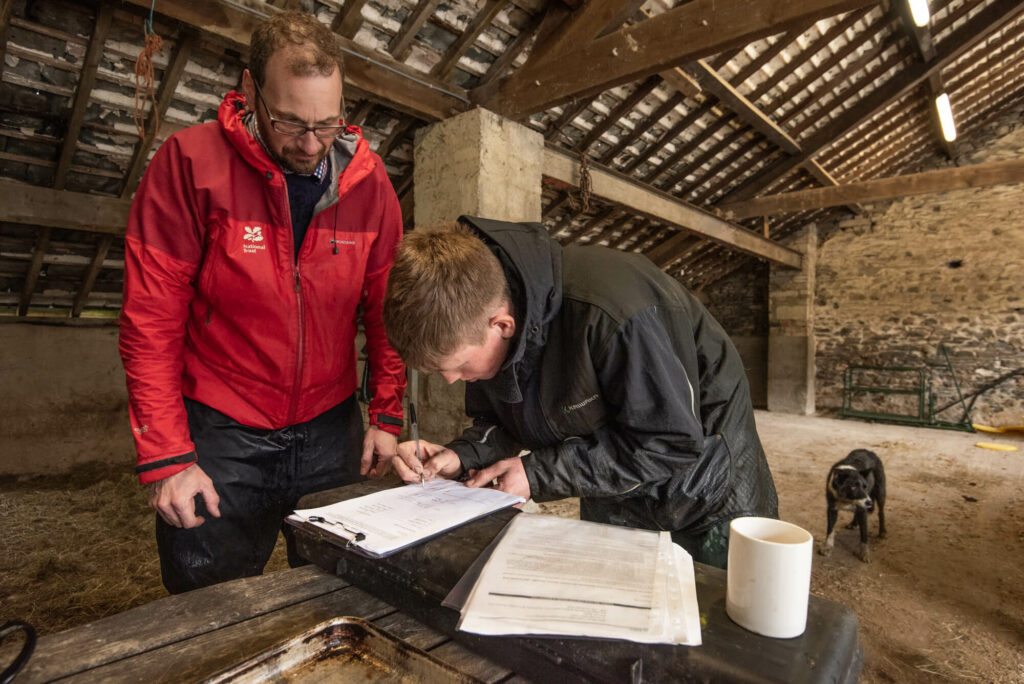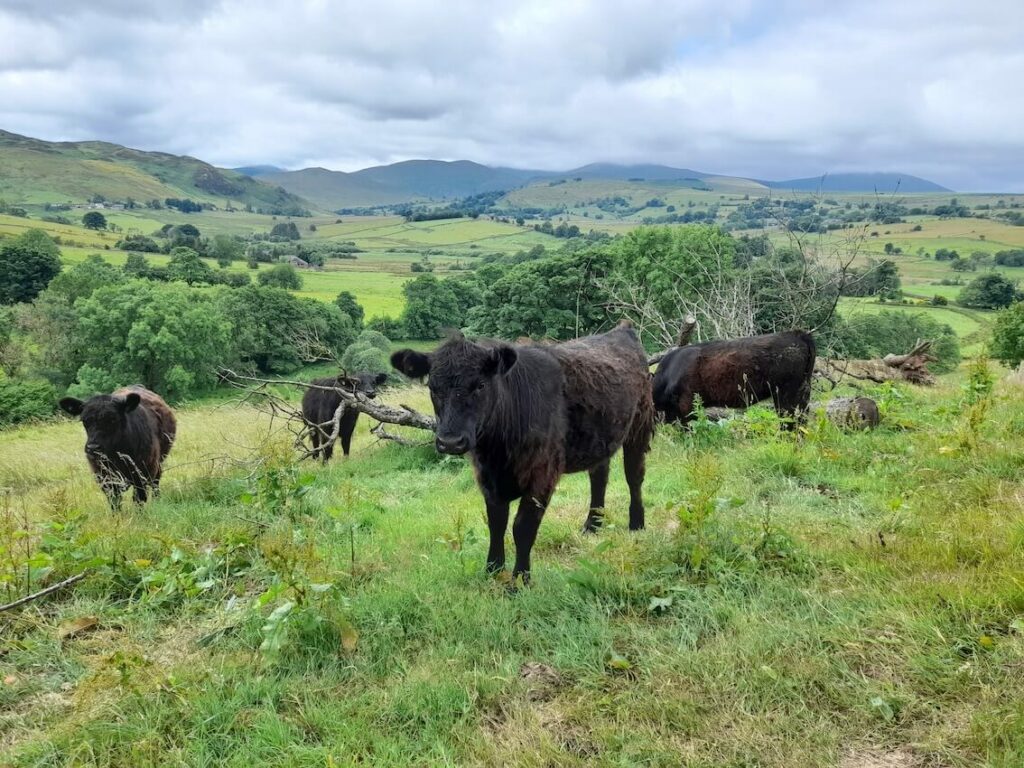How to use this tool
Input your figures for your last lamb crop into the boxes below. If you also tup ewe hoggs, calculate their ewe efficiency separately.
Tip! Don’t worry if you don’t have exact figures – guess to get a ballpark figure. Use your weigh scales to weigh a sample of lambs and ewes at key times of the year to get more precise figures and set targets for improvement.
How does your flock compare?
Performance benchmarks
Though lambing percentages are lower for hill flocks, the lower weight of ewes partially compensates in the calculation.
| Hill flock | Crossbred flock | |
| <40% | Low | |
| 41-50% | Moderate | Low |
| 51-60% | Good | Moderate |
| 61-70% | Excellent | Good |
| >70% | Excellent |
a – Weaning weight is based on the average lamb weight 90 days after the mid-point of lambing. Mid-point is typically 10 days after the planned start of lambing, so if lambing is due to start 1 April the mid-point is 10th April and the 90 day date is 9th July. Where weaning later, adjust back to 90 days by reducing the average lamb weight by 0.2kg per day for the extra days.
b – at tupping time the ewes should be in good condition with Herdwick’s around 55kg, Lleyns 70kg and Mules 90kg.
Checklist for raising ewe efficiency
| A poor scan | Were ewes in fit condition? |
| Was feed plentiful through tupping period? | |
| Is fluke an issue? | |
| Were tups fit and fertile? | |
| How well fed are the ewes mid pregnancy? | |
| A low lambing percentage | Is abortion an issue? |
| Do ewes have plenty of colostrum? | |
| Is shed hygiene high if lambing inside? | |
| Is natural shelter good if lambing outside? | |
| Are clostridial diseases killing lambs? | |
| A low lamb growth rate | Are ewes milking well? If not, review;
|
| Is pasture quality high through late lactation? | |
| Are worms a problem? | |
| High ewe death rate | Are “iceberg” diseases an issue? |
| Is fluke killing ewes? | |
| Big ewes | Big ewes eat more to simply stay alive! |
| Have you got the right breed? |
The National Animal Disease Information Service has information sheets and webinars about all livestock diseases.
Finally, a word of caution. While generally a higher ewe efficiency will improve profitability there are limits. For instance, for farms running big flocks on low-input labour systems lambing outside, very high scanning and lambing percentages often cause management problems.
Similarly, regarding greenhouse gas emissions, while high per ewe performance will improve emissions intensity it also raises the absolute level of emissions unless stocking rate is lowered to compensate.
Find out more

BPS Calculator
Step one: How will the phasing out of BPS affect my current business?
Find out more
Find out more

Developing a plan to mitigate the loss of BPS
Step three: How to decide upon the best option available to you to offset the loss of BPS?
Find out more
Find out more

